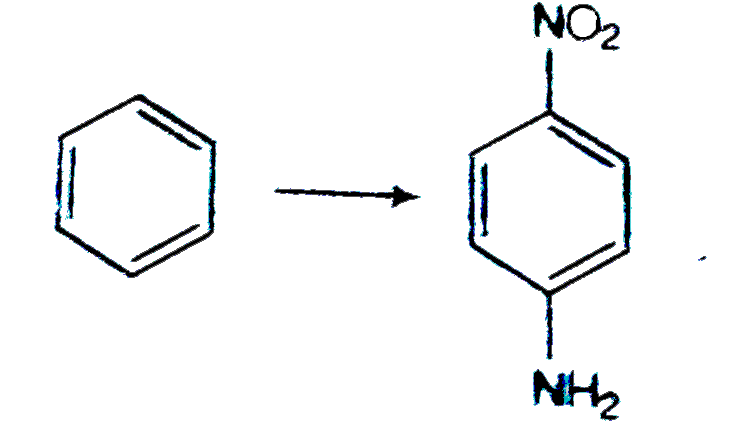How will you find out adulterants in the following?
(a) Honey
(b) Milk
To find out adulterants in honey and milk, we can follow these steps:
(a) Finding Adulterants in Honey:
1. Observation of Consistency: Check the consistency of honey. Pure honey is thick and does not flow easily.
- Hint: Pure honey should be viscous and not runny.
2. Water Test: Take a glass of water and add a spoonful of honey. Pure honey will settle at the bottom without dissolving quickly, while adulterated honey will dissolve.
- Hint: Observe how quickly the honey dissolves in water.
3. Taste Test: Pure honey has a distinct taste and aroma. If it tastes overly sweet or has no distinct flavor, it might be adulterated.
- Hint: Compare the taste with known pure honey.
4. Sugar Test: Mix a few drops of iodine solution with honey. If the solution turns blue, it indicates the presence of starch, which is an adulterant.
- Hint: Look for color changes when iodine is added.
(b) Finding Adulterants in Milk:
1. Water Test: Take a small amount of milk and add it to a glass. If the milk has been adulterated with water, it will appear diluted.
- Hint: Check for a watery consistency.
2. Lactometer Test: Use a lactometer to measure the density of milk. Pure milk has a specific gravity of about 1.030 to 1.035. A lower reading indicates dilution with water.
- Hint: Compare the lactometer reading with the standard range.
3. Alcohol Test: Mix equal parts of milk and alcohol. If the milk curdles, it indicates the presence of urea or other adulterants.
- Hint: Observe if curdling occurs when alcohol is added.
4. Chemical Tests:
- Formalin Test: Add a few drops of formalin to milk. If it thickens, formalin is present.
- Boric Acid Test: Add a few drops of turmeric solution to milk. If it turns pink, boric acid is present.
- Caustic Soda Test: Add a few drops of phenolphthalein to milk. If it turns pink, caustic soda is present.
- Hint: Use specific reagents to test for known adulterants.
By following these steps, you can effectively identify adulterants in honey and milk.
1. Observation of Consistency: Check the consistency of honey. Pure honey is thick and does not flow easily.
- Hint: Pure honey should be viscous and not runny.
- Hint: Observe how quickly the honey dissolves in water.
- Hint: Compare the taste with known pure honey.
- Hint: Look for color changes when iodine is added.
1. Water Test: Take a small amount of milk and add it to a glass. If the milk has been adulterated with water, it will appear diluted.
- Hint: Check for a watery consistency.
- Hint: Compare the lactometer reading with the standard range.
- Hint: Observe if curdling occurs when alcohol is added.
- Formalin Test: Add a few drops of formalin to milk. If it thickens, formalin is present.
- Boric Acid Test: Add a few drops of turmeric solution to milk. If it turns pink, boric acid is present.
- Caustic Soda Test: Add a few drops of phenolphthalein to milk. If it turns pink, caustic soda is present.
- Hint: Use specific reagents to test for known adulterants.
Topper's Solved these Questions
- FOOD : SPOILAGE , PRESERVATION , AND ADULTERATION BOOK - CENGAGE BIOLOGYCHAPTER - FOOD : SPOILAGE , PRESERVATION , AND ADULTERATION EXERCISE - CONSOLIDATED EXERCISE
1 Videos
- FOOD : SPOILAGE , PRESERVATION , AND ADULTERATION BOOK - CENGAGE BIOLOGYCHAPTER - FOOD : SPOILAGE , PRESERVATION , AND ADULTERATION EXERCISE - CONSOLIDATED EXERCISE (MCQs)
21 Videos
- FOOD : SPOILAGE , PRESERVATION , AND ADULTERATION BOOK - CENGAGE BIOLOGYCHAPTER - FOOD : SPOILAGE , PRESERVATION , AND ADULTERATION EXERCISE - MANDATORY EXERCISE (EXERCISE SET I)
8 Videos
- ENVIRONMENT AND ITS COMPONENTS BOOK - CENGAGE BIOLOGYCHAPTER - ENVIRONMENT AND ITS COMPONENTS EXERCISE - CHALLENGING EXERCISE
4 Videos
- FOOD AND ITS COMPONENTS BOOK - CENGAGE BIOLOGYCHAPTER - FOOD AND ITS COMPONENTS EXERCISE - CHALLENGING EXERCISE
2 Videos
Similar Questions
How will you bring out the following conversion?

View SolutionHow will you bring out the following conversion?

View Solution100001 is a prime number or not ?
View SolutionHow will you carry out the following conversion?

View SolutionHow will you carry out the following conversion?

View SolutionHow will you carry out the following conversion?

View SolutionHow will you carry out the following conversion?

View SolutionHow will you carry out the following conversion?

View SolutionHow will you carry out the following conversion?

View SolutionHow will you carry out the following conversion?

View Solution
